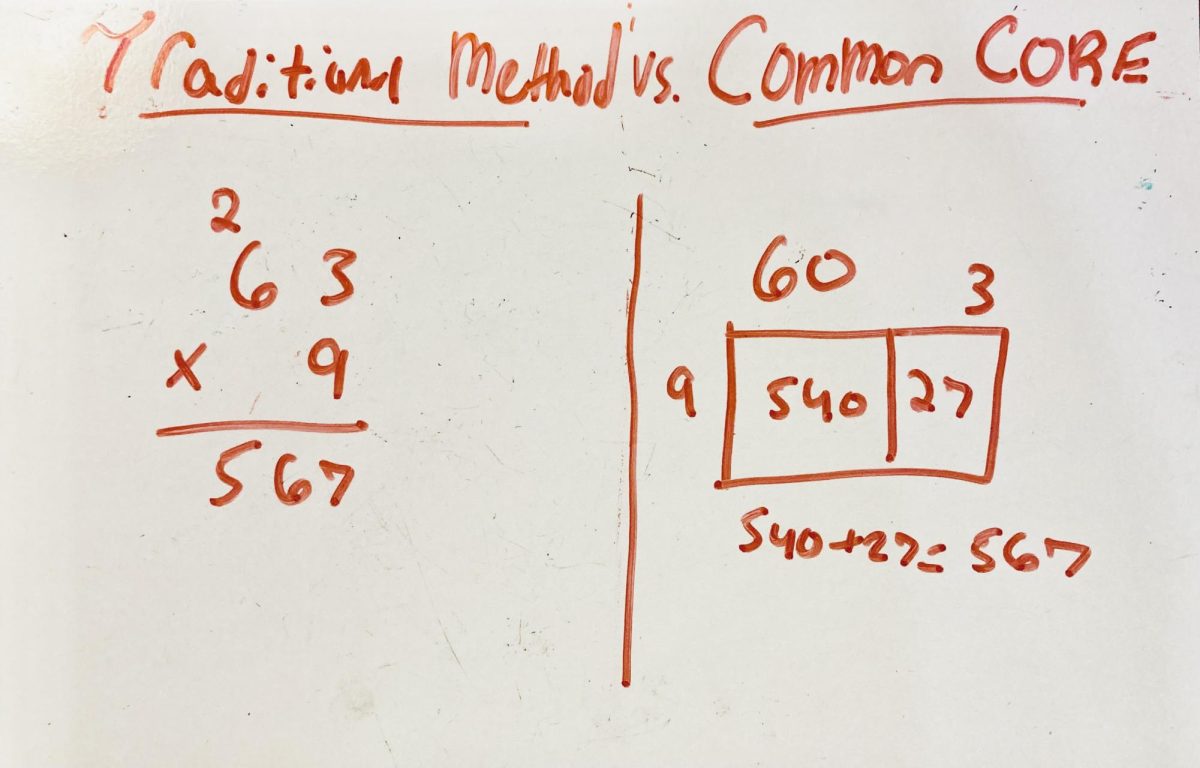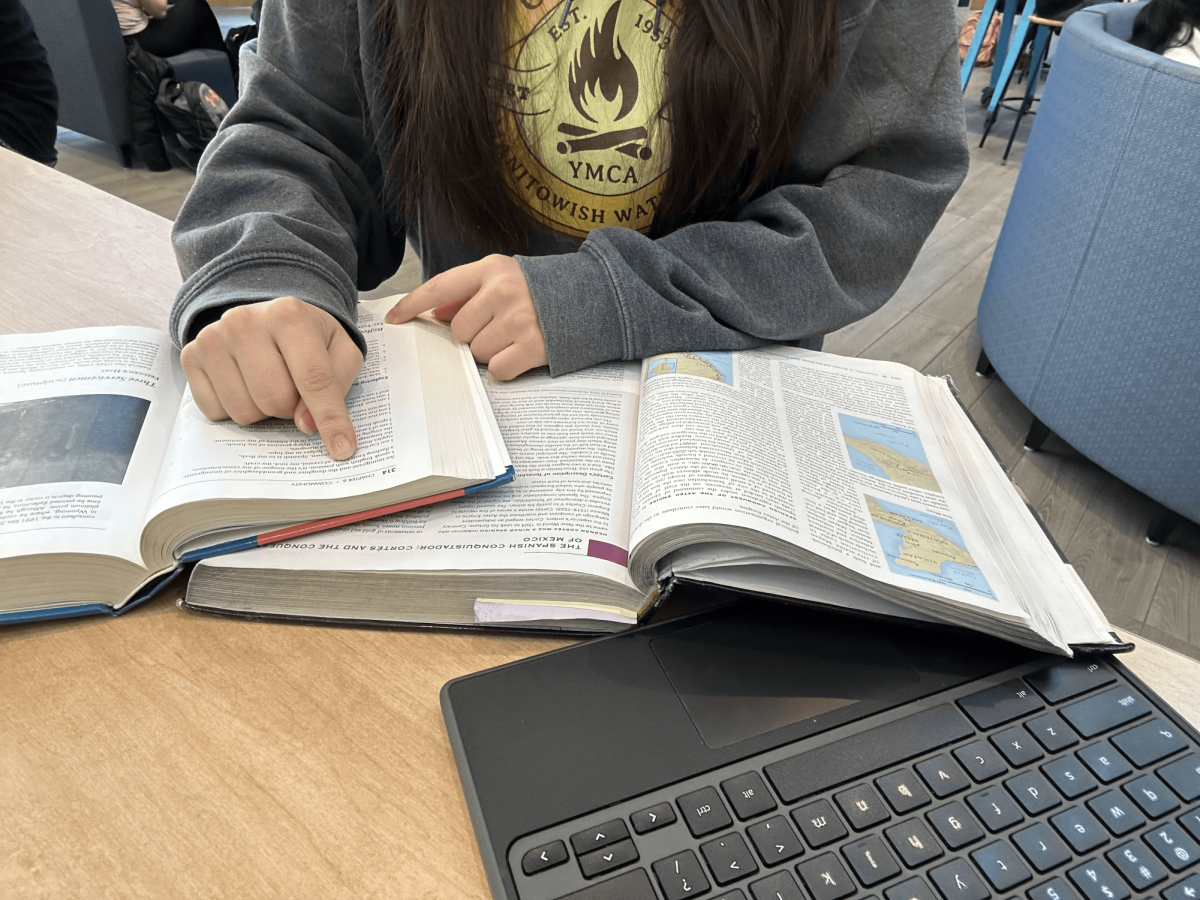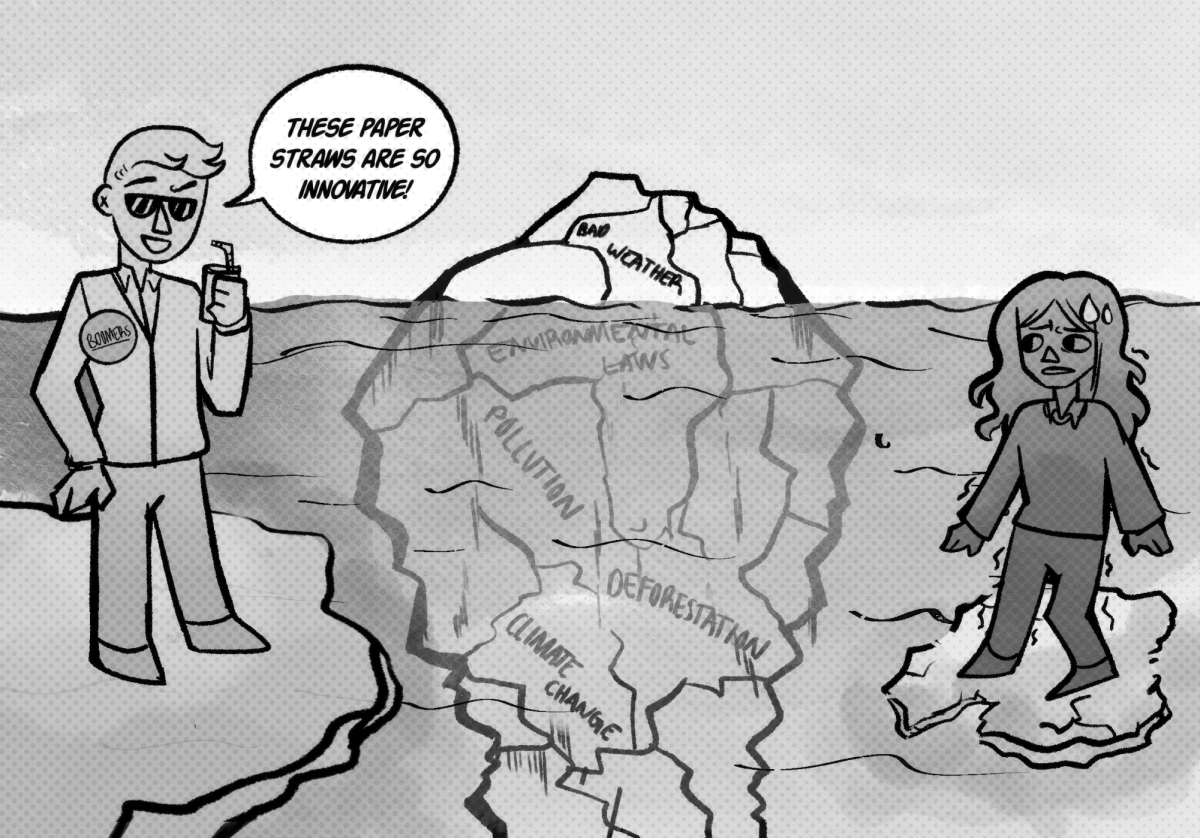Growing up, I often found myself struggling in school, though I couldn’t always pinpoint why. When I asked my parents for help with homework, they were just as confused as I was. It felt frustrating because the methods that had worked for them no longer seemed to apply to me. Subjects like algebra were taught in ways that felt unnecessarily complicated—there were multiple steps for what seemed like simple problems, and I was required to follow these rigid steps rather than taking a more straightforward approach that made sense to my learning style.
At the time, I wondered if it was just me—or if something in the approach to teaching itself was fundamentally off. And looking back, I realize that this feeling was part of a much larger struggle shared by so many of us.
When Common Core was introduced in 2009, it was meant to be a nationwide solution to educational disparities. The idea was simple: create consistent academic standards to ensure that all students, no matter where they lived, had access to the same quality of education. But in practice, the impact on students like me—and my peers—was far from simple.
On paper, Common Core looked like a step in the right direction, but it quickly became clear that it wasn’t working for everyone. For many of us, it felt like the system wasn’t built for the way we learn. Instead of being a tool to help us better understand math and English, it seemed like an obstacle we were all forced to navigate.
What should have been a unifying standard felt, instead, like a collection of disconnected, abstract concepts. And as I talked with friends, I realized we were all going through the same thing; feeling lost, frustrated and disconnected from a system that was supposed to help us succeed.
Math, for example, became a prime illustration of how Common Core over complicated things. At DGS, the shift from Algebra and Geometry to Math 1 and Math 2 mirrored the broader implementation of Common Core. Though the intention was to modernize the curriculum, it ultimately created confusion.
We weren’t building on what we had learned in the past; instead, we were constantly being asked to relearn concepts from previous units. This wasn’t just my experience—it was a reality shared by many of us. The lack of continuity in how concepts were presented made it more difficult to retain knowledge and led to unnecessary gaps in our understanding.
This disconnect wasn’t just about the classroom—it extended to our homes too. So many of us found ourselves unable to get help from our parents, who were often just as lost as we were. I remember watching my parents stare at my math homework, unable to help because the methods, like the “box method,” were so different from what they had learned. I wasn’t the only one who
experienced this. For a lot of us, it felt like a generational gap was created by something that was supposed to bring unity. It left us feeling isolated like we were stuck in a system that didn’t speak to the way we learned or the resources available to us.
When you think about it, this wasn’t just an individual struggle—it was a collective one. So many of us felt the same frustration, the same disconnect between the methods we were taught and how we actually understood things. The rigid approach of Common Core didn’t allow for the kind of flexibility that many students need, and the lack of support made it worse. We weren’t just facing academic challenges; we were facing a system that, despite its good intentions, failed to adapt to our needs.
What stands out is that this shared experience has connected so many of us in this generation. We’ve all felt the weight of a system that was meant to simplify education but often made it more complicated. It’s a conversation that’s still happening today. As we move forward, we need to ask: are we working toward an education system that truly serves all of us, or just some?







